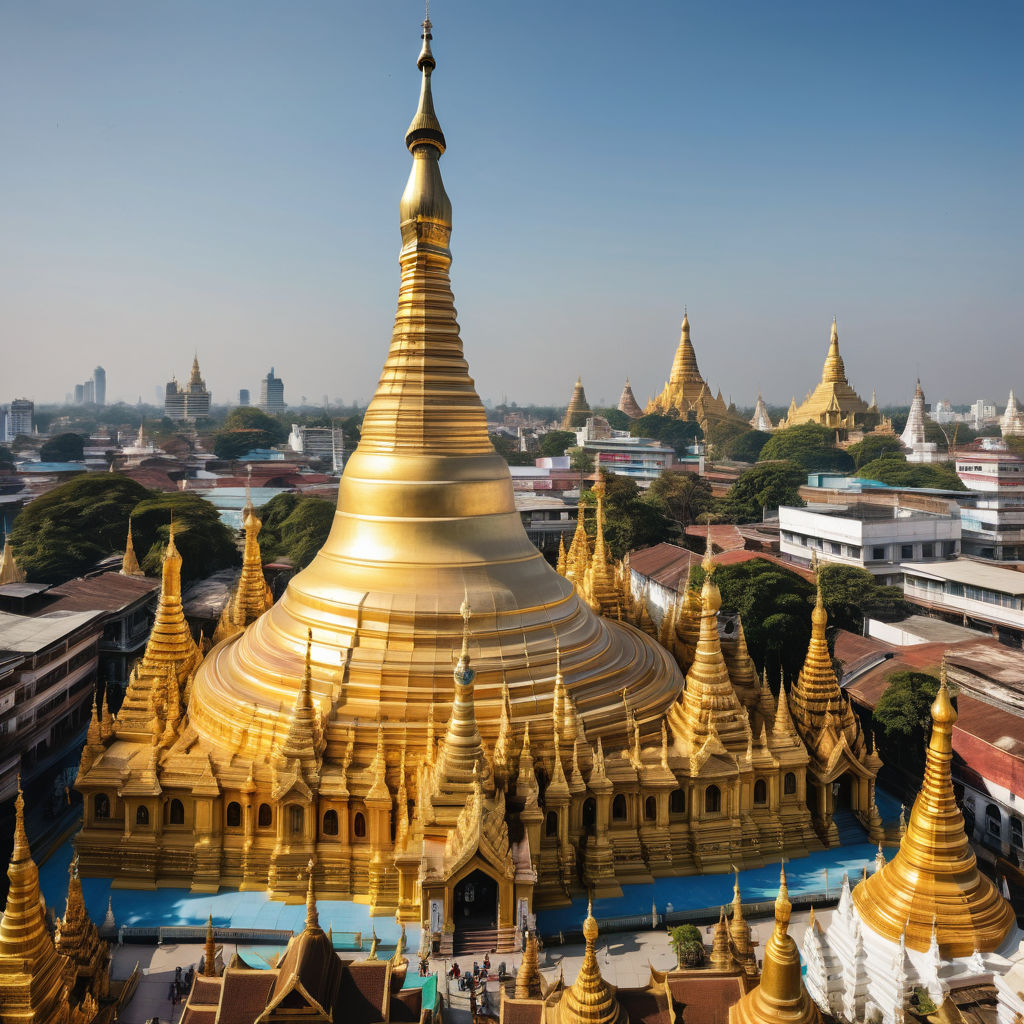Discover Myanmar: A Cultural Crossroads of Southeast Asia
Exploring Myanmar's Rich Heritage, Social Dynamics, and Cross-cultural Engagement

Introduction to Myanmar (Burma)
Myanmar, also known as Burma, is a Southeast Asian country bordered by Bangladesh and India to the northwest, China to the northeast, Laos and Thailand to the east and southeast, and the Andaman Sea and the Bay of Bengal to the south and southwest. Major cities include Naypyidaw (the capital), Yangon (formerly Rangoon), Mandalay, and Bago. Myanmar’s rich cultural heritage is a blend of Indigenous, Indian, Chinese, and British influences, reflecting its history as a crossroads of various civilizations. The country is renowned for its ancient temples, particularly those in Bagan, its vibrant festivals, traditional arts and crafts, and diverse ethnic groups.
Cross-national and Cross-cultural Understanding
Myanmar has a complex history of cultural interaction, having been influenced by various civilizations over centuries. The Burmese people generally engage with other cultures with a sense of curiosity, respect, and hospitality. The country’s historical and cultural diversity has fostered a deep appreciation for different traditions and ways of life. Significant cultural exchanges and educational programs highlight Myanmar’s commitment to fostering global engagement. Institutions such as the Ministry of Religious Affairs and Culture and the University of Yangon promote Burmese culture internationally through events, exhibitions, and language courses. Additionally, the government supports scholarships and exchange programs that facilitate academic and cultural exchanges, fostering mutual understanding. International partnerships also enhance cross-cultural understanding. Myanmar is an active member of international organizations such as the United Nations, the Association of Southeast Asian Nations (ASEAN), and the Mekong-Ganga Cooperation, promoting cultural cooperation and exchange. These partnerships facilitate student exchanges, collaborative research projects, and cultural festivals, strengthening Myanmar’s cultural ties with the world.
Interactions and Social Dynamics
Interactions between Burmese people and foreigners are typically characterized by warmth, politeness, and a strong sense of community. Burmese social behaviors are influenced by cultural values such as "ah-nar-deh" (humility), "metta" (loving-kindness), and "min-ga-lar-bar" (respect). These values are often reflected in the way Burmese people engage with outsiders. Social behaviors in Myanmar emphasize respect and politeness in initial interactions, quickly becoming more informal and warm. Greetings often involve a slight bow with hands together in a prayer-like position, known as the "mingalaba," especially when addressing elders or respected individuals. Hospitality is a significant aspect of Burmese culture, and guests are often treated with great care and generosity, frequently invited to share meals and participate in social gatherings. Communication styles in Myanmar are generally indirect and polite. Burmese people value harmony and avoiding confrontation, often using subtle language and non-verbal cues to convey their messages. Understanding these subtleties can be challenging for foreigners, but learning the language and cultural norms can help bridge this gap. Language plays a crucial role in facilitating interactions. Burmese is the official language of Myanmar, while many ethnic minority languages are also spoken. English is commonly used in business, government, and education, especially among the younger generation. Multilingualism is valued and encouraged, especially in educational and professional settings.
Views on Dating and Relationships
Dating and relationships between Burmese people and foreigners are becoming more common, particularly among younger generations and in urban areas. Burmese society tends to be conservative about relationships, heavily influenced by cultural and religious norms. However, there is a growing openness towards cross-cultural relationships as opportunities for international exposure increase. In Burmese dating culture, there is often a strong emphasis on family approval and social harmony. Relationships are typically pursued with a long-term perspective, and traditional gender roles can play a significant role. Men are often expected to be providers and protectors, while women are expected to be nurturing and supportive. Cultural expectations and traditions, such as the importance of family approval and adherence to religious practices, can impact relationships. Understanding and respecting these cultural norms is essential for successful cross-cultural relationships in Myanmar.
Marriage and Family
Marrying foreigners is accepted in Myanmar, though it comes with certain social and familial considerations. Legal considerations for such marriages involve specific regulations governed by Burmese civil and religious law. Non-Buddhist spouses are often encouraged to convert to Buddhism, which can be a significant consideration for cross-cultural marriages. Socially, Burmese families may initially have reservations about cross-cultural marriages due to concerns about cultural differences and social compatibility. However, acceptance typically increases as relationships develop and families get to know the foreign partner. Family plays a central role in Burmese culture, and marrying into a Burmese family often involves participating in family gatherings and traditions. Common practices in cross-cultural marriages include celebrating both Burmese and foreign traditions, creating a blended cultural environment. For example, a couple might celebrate Burmese holidays like Thingyan (Water Festival) and Thadingyut (Festival of Lights) alongside holidays from the foreign partner’s culture.